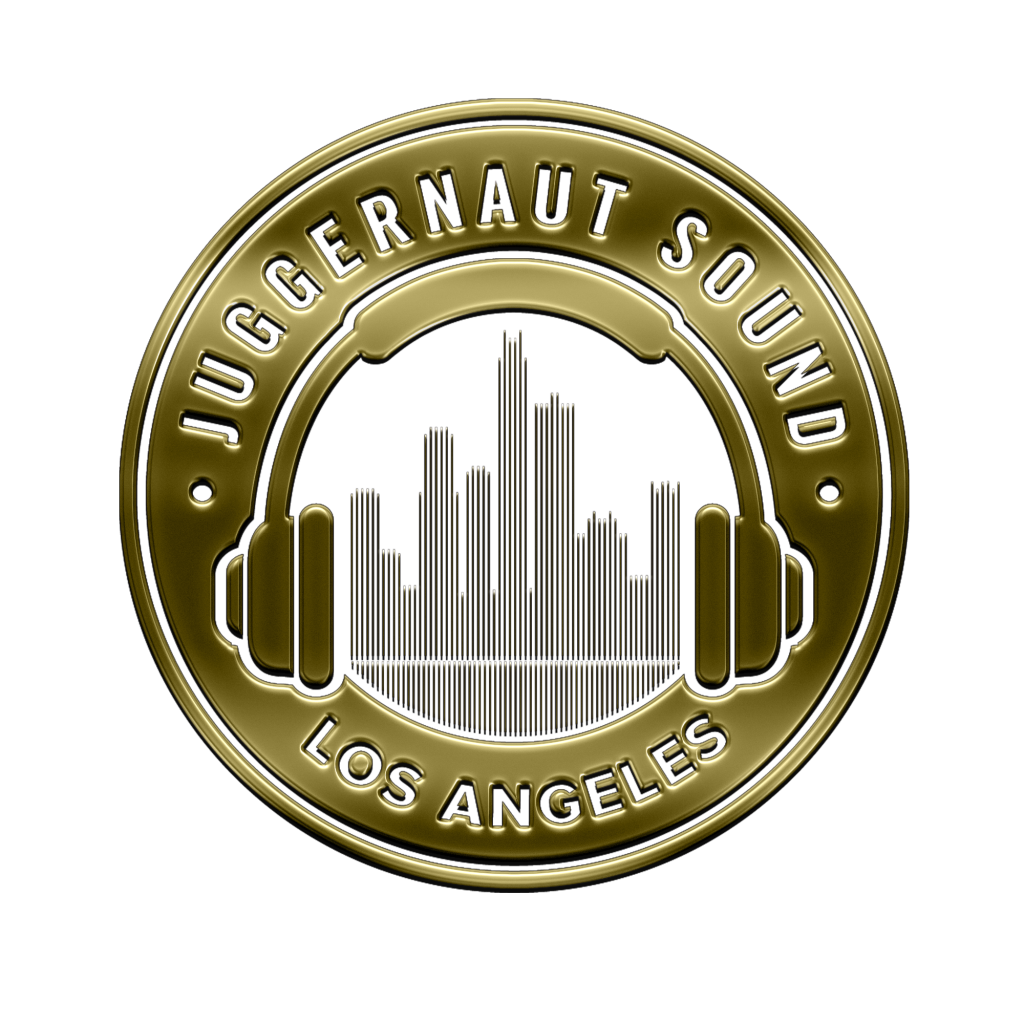The concept of the Indie Label has existed as long as music has been marketable.
For Hip Hop, as well as other forms of music, the term initially meant there was some outsider of the culture who saw an opportunity. That opportunity may have been genuine interest in helping the culture grow, a chance to cash in on what’s “hot” or perhaps even a combination of the two. From the start of rap records there were indie labels such as Enjoy, Tommy Boy, Def Jam and countless others paving the way and giving a platform to the key talents of the time. Some were able to work the system and survive. Most weren’t able to navigate the long and winding road to success and were forced to fold. Once the late 80s/early 90s were upon us, the major labels had a firm grip on the future of Hip Hop. By the time EPMD had pled with those in power to “Please Listen To My Demo”, it had already become the standard for aspiring Hip Hoppers to develop their chosen craft, in hopes of getting their tape into the hands of that magic A&R who would give them their big break.
Of course, very few people got the record deals and the fame they dreamed of, and as a result frustrations began to set in. Similar to how the struggles of the community birthed Hip Hop in the first place, the struggles of the industry gave rise to the importance of being Independent. The time had come for self-empowerment; the act of taking one’s dreams, passions, and destinies in their own hands. This wasn’t necessarily a new concept. The legends of such artists as Too Short (Oakland), Blade (U.K.), Show & A.G. (Bronx) and many others had already made a name doing just this. However, it is often Wu-Tang Clan who is cited as the spark that ultimately inspired a new standard.
Before 1993, when Wu-Tangs’ breakthrough record, “Protect Your Neck”, planted the seeds for industry evolution, the Twin Cities had already received early warnings of the coming of Rhymesayers. Ant had been learning to project moods into his music. Slug was already placing his heart in his pen. Musab (formerly Beyond) had been communicating the complications, as well as joys, of everyday life. Brent Sayers bka Siddiq (CEO) was active in various aspects of the culture since the earliest days of Headshots, unknowingly gaining the knowledge of each, that would eventually give him a greater understanding of it all.
If you could have taken a step back you would have witnessed the forming of a crew, now legendary in the Twin Cities, called Headshots. This collection of MCs, DJs, producers, b-boys, graffiti artists, promoters, entrepreneurs and the like, were acting purely on blind passion. They were operating on the strength-in-numbers theory and, perhaps without even knowing it, they realized it was about more than just putting out records and CDs.
It isn’t just about “owning your masters” but being in complete control of your artistic futures.
Nonetheless, with a vast array of personalities and individuals existing within each other’s space too often, for too long, changes can begin to occur. Conflicts arose, natural growth took place, and eventually egos became bruised. It didn’t take long before the volatile contents of the situation resulted in a “Big Bang” of sorts. And in the aftermath of it all was Rhymesayers.
With these experiences, they moved
forward to continue what had been started, persevering with talent,
and a dream that became a successful reality.
Neither Rhymesayers, nor the Headshots for that matter, were the first Hip
Hop movement in the Twin Cities, though. Since the early 80s there had been a
host of artists laying some groundwork to build the scene. However, it was Rhymesayers
who were first able to gain significant national, and ultimately international,
attention. With a solidified reputation established in their hometown, the
crew were becoming masters of their chosen crafts, and it was time to
expose the world to what the Twin Cities had come to know.
Their first official release was Beyond’s “Comparison” in ‘96. Ant’s soulful production, laced with a slightly grimy feel, provided Beyond with the perfect canvas to paint well-crafted, personal stories that were a direct result of his surrounding environment. Up next was Atmosphere’s “Overcast” in ‘97, which stood out as unique for its time, largely due to Ant’s dark yet melodic beats, which were complemented by Slug’s distinct balance of braggadocio, humility and self-deprecation. This release accelerated their growth from the seed and into the tree they would become. Opportunities soon presented themselves to take the music on the road, and it was there that the legacy truly began to take shape. Still as hungry as ever, with a strong work ethic and sharply focused, they hit every town they could. No matter how big or small the crowd was, they poured their hearts, energy and raw talents out on stage. In addition to the fans, Rhymesayers also made a point to embrace other like-minded artists across the country, thus continuing to grow and inspire fans, friends, artists, and aspiring entrepreneurs alike.
The people could relate and as the travels continued the fan base steadily grew and the legend was undeniable; a group of friends from the Twin Cities had established a thriving record label and made an impression on the Hip Hop world.
Years after it all began, Rhymesayers boasts one of independent Hip Hop’s strongest and most respected rosters in the game. By pushing the boundaries creatively, while maintaining a rigorous touring schedule, significant sales numbers and an ever-growing fanbase, Rhymesayers Entertainment continues to navigate the long but gratifying road of independent success!
